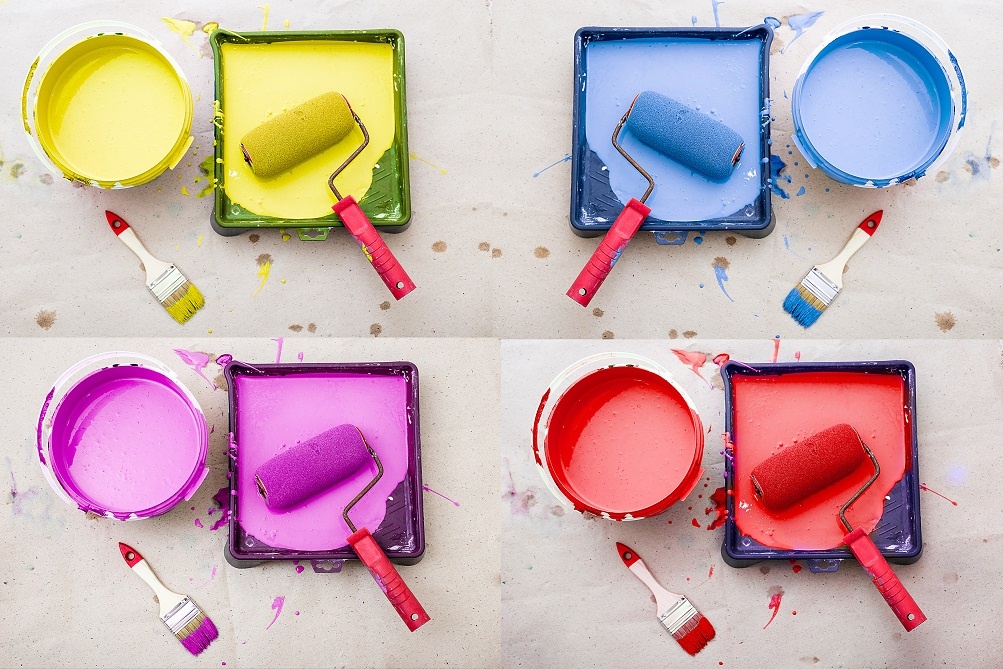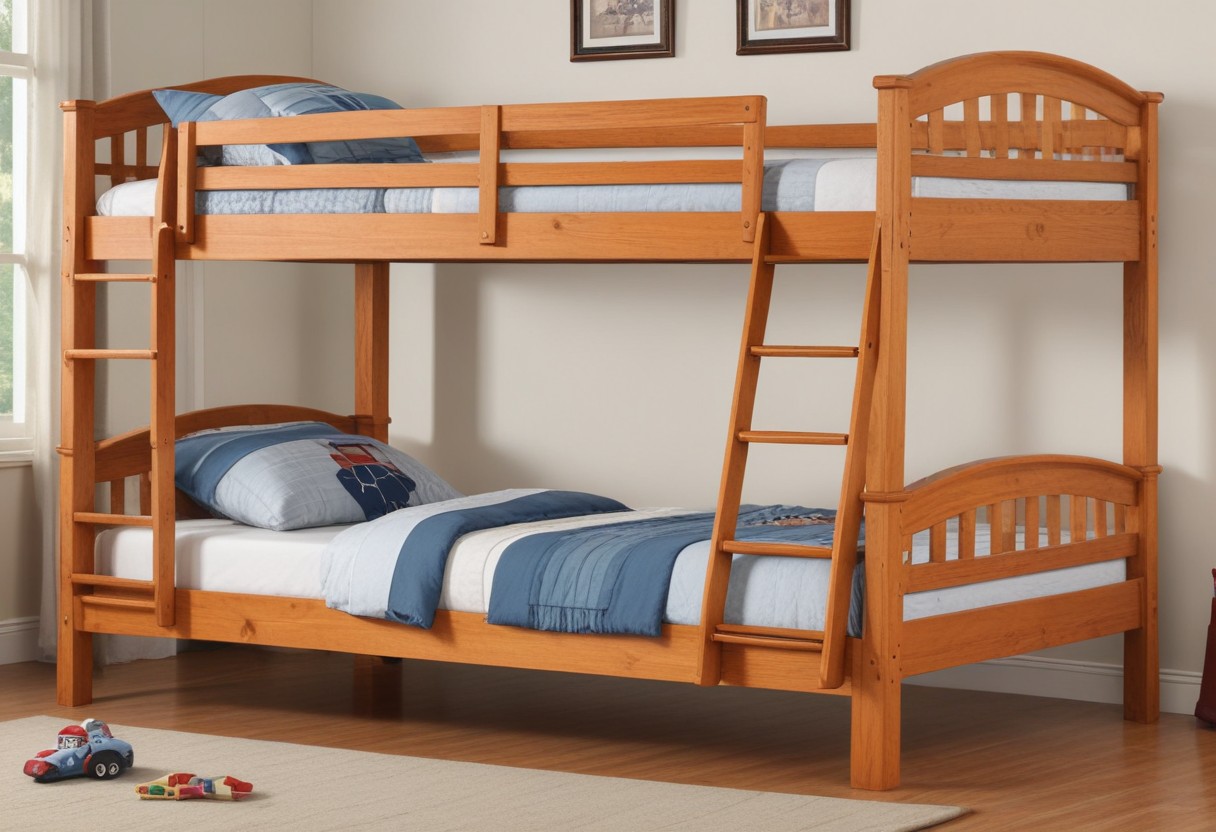Oil paints, gouache paints, and acrylic paints are special paints used for painting. Oil paints are more difficult to dry. If used for wall painting, it will take a longer time.
Moreover, oil paints are more expensive and require more dosage. There are many, so it is not very suitable for use as wall painting pigments. Not only that, oil paintings will gradually become oxidized and harden and crack after being stored for some time.
Wall Painting Pigment 2, Gouache Paint
Gouache is also a commonly used pigment for painting, but it needs to be mixed with water when used. If it is used for wall painting, it is not feasible to clean the wall with water, because the water will fall off when it gets wet.
Moreover, gouache paintings will fade after being stored for some time and will become lighter after a few years. You can also check the offers Coupon Code.
Wall Painting Paint 3, Acrylic Paint
Acrylic paint is made by mixing acrylic acid and color particles. It is a new type of paint that is very suitable for wall painting. It dries quickly, usually only taking a few minutes, saving a lot of painting time. It is also a waterproof pigment.
After it dries, it will form a gel layer that adheres to the surface of the wall. It is similar to a rubber material and basically cannot be washed away with water.
Moreover, the color of this kind of pigment is very full and bright. It generally does not produce dirty or gray colors, and the gray it produces is also relatively high-end. The key is that this pigment is odorless, so there is no need to worry about odor. It is very environmentally friendly and safe.
How to Paint on the Wall?
1. Composition
First, conceive and choose an appropriate pattern according to the area of the wall. You can first sketch on paper to see the effect. If you are satisfied, you can finalize the sketch, use a 4B pencil, chalk, etc. to start the draft on the wall and draw the rough outline of the pattern on the wall.
2. Adjust Color
Next, you can start adjusting the color. Choose acrylic paint. It has a wide variety of colors and can meet your requirements. If you don’t have the color you want, you can mix and match several paints.
You can try it on white paper while mixing. Check whether the adjusted color brightness, color gradation, etc. meet the requirements. When you start adjusting colors, you can adjust a little less first to avoid waste.
3. Apply Paint
After the color is adjusted, you can paint on the wall. Pay attention to the strength of the strokes, especially when painting a large area.
The consistency of the paint should also be moderate so that it will not cause painting marks or color due to being too thick. Uneven, because it is too thin and causes the paint to flow downward on the wall. Customers also save with a Voucher Code.
4. Improve Details and Correct Errors
When the painting is almost done, use a small brush to perfect some details to make the painting fuller. If you accidentally make a mistake, wait until it dries to cover it with white paint.
After it dries, use paint to paint again. Because pigments have different covering powers, it is best not to directly cover the wrong area with the desired color.
Editor’s summary: The above is an introduction to what pigments to choose for wall painting and how to paint on the wall. The pigments used for indoor wall painting also include colored latex paint, oil paint, etc., but their expression methods are more limited.
Should not be selected. I hope that the content shared by the editor will give you some reference. If you want to know more relevant information, you can follow our Qijia.com information.
What, you use your own money for decoration?! Qijia decoration installment, ultra-low annual interest rate starts from 3.55%, and the maximum loan can be 1 million. Apply now to enjoy the discount
Self-Painting Process
Wall Treatment
The base treatment of the wall is more important. Generally, painting is done on a wall that has been painted with latex paint, so the leveling, priming, pattern planning, etc. of the wall must be prepared in advance.
Rough Draft
People without art skills should draw a good sketch on the wall, lightly outline the outline of the draft with a pen, and then color it if they are satisfied, otherwise, it will not be easy to modify.
With Paint
Buy paint based on the pattern effect. If you are not sure about the color-matching effect of latex paint when purchasing, do not rush to decide on the paint store. You can take the color swatch or paint sample home and observe the paint color under natural light and night light.
High-gloss paint will make the room look brighter, but it can also easily highlight the shortcomings of the wall. If the wall is not flat, it is recommended to use flat paint.
The paint must not be too thin, otherwise it will easily leave flow marks on the wall. Acrylic paint can be mixed as needed, so be careful when painting. Buyers also visit a Discount Code.
Ready To Color
First, spread newspapers in front of the wall you want to graffiti to avoid staining the ground. When hand-painting a pattern with simple colors, first outline thin and absorbent paper, then cut it out, place it on the wall at the corresponding position, and color it by rubbing.
If you are afraid of damaging the wall, the most convenient way is to use spray-painted stickers. After spraying, carve out the image and stick it on the wall with stickers.
If you find any mistakes when painting with acrylic paint, you can wipe them off with a wet rag and repaint, but this method cannot be used with latex paint.
Maintain
After painting, ventilate the wall and wait until the wall is completely dry before touching it. Although acrylic paint is waterproof and scratch-resistant after drying, it should not be scrubbed vigorously with water.
Wall Painting Process
-
Owners need to fully understand their decoration environment, combine their decoration budget, and select their patterns from the picture reference.
-
Communicate with the wall painting designer, listen to the designer’s opinions, and determine the direction of your drawing pattern.
-
Appoint a designer to visit the site and design a realistic layout, pattern, and color matching.
-
The designer will pass the design drawings to the owner for review, and if there are any modifications, they must be made promptly.
-
Appoint the time for the wall painting master to come to your home.
-
The painter sketches site, and the owner needs to confirm the sketch of the wall again. After confirmation, the painter will prepare the color for the painting;
-
The painter begins to draw the pattern;
-
After painting, the indoor wall drying time is 12 hours, the outdoor wall drying time is 4 days, the furniture drying time is 7 days, and the cloth art drying time is 24 hours. During this period, please pay attention to the drying time. Color protection.



